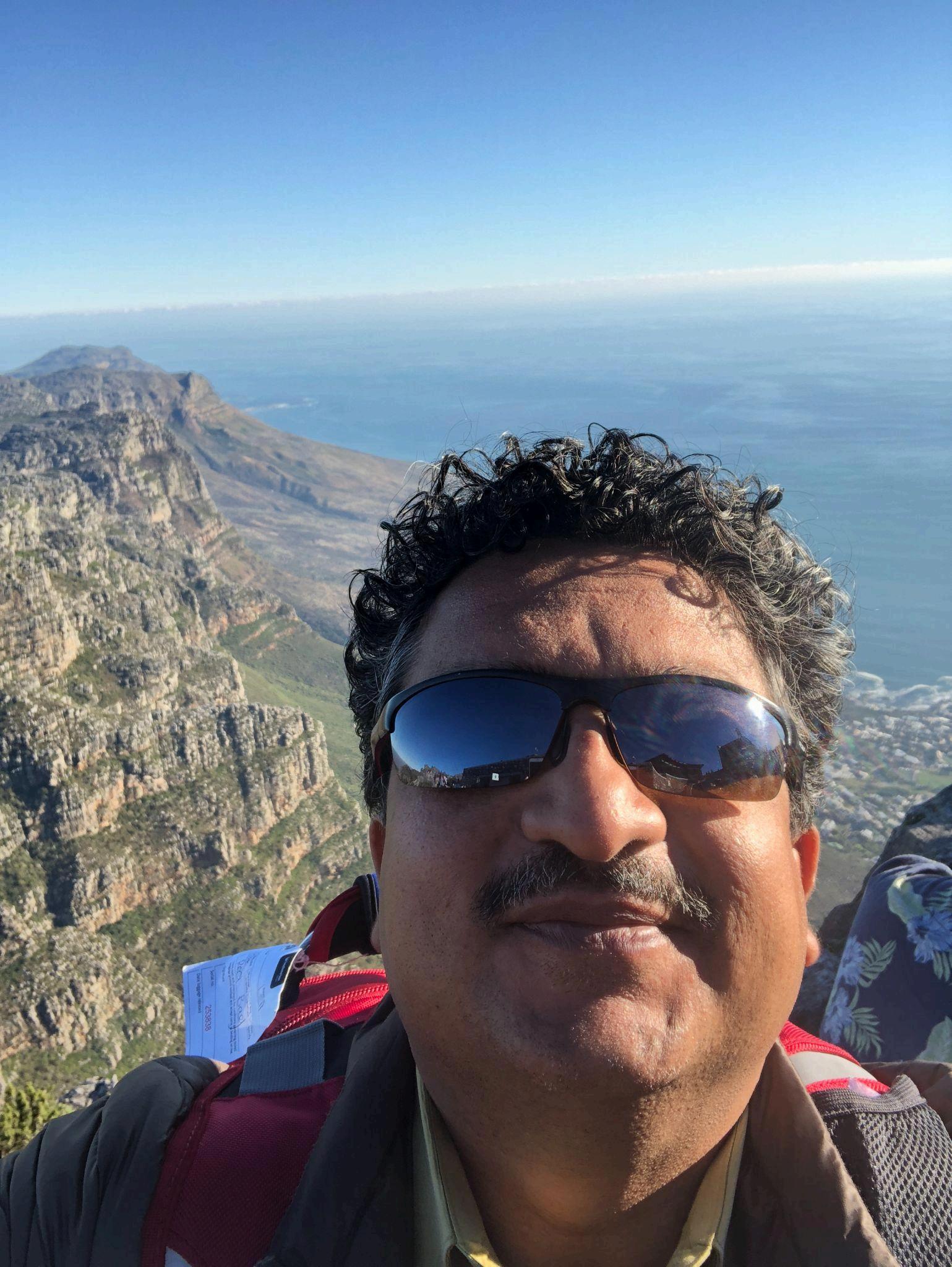Modern Team Building for Multiskilled Wins by Isam Vaid

Isam Vaid suggests that in today’s fast-moving market, effective team building is less about assembling identical specialists and more about blending multiskilled people who can adapt, learn quickly, and collaborate with clarity. Organizations scale faster when product, design, engineering, marketing, and operations sit close to the customer problem and work as a single unit Cross-functional teams can ship with confidence because the right perspectives are present from the start, reducing handoffs and delays. Modern constraints like hybrid schedules and distributed time zones no longer need to slow progress With the right rhythm, shared rituals, and a crisp definition of value, team members feel aligned, respected, and ready to deliver.
Hiring with a focus on multiskilled talent changes the profile of a high-performing group T-shaped contributors bring depth in one area and usable breadth in adjacent skills. Designers read analytics and user research with ease Engineers discuss copy, onboarding flows, and accessibility. Marketers understand API limits, latency budgets, and the rollout plan. This overlap prevents gaps that often lead to frustration. It also builds empathy, because teammates can imagine the weight of each decision on other disciplines During the hiring process, look for curiosity, coachability, and the ability to explain complex ideas. During onboarding, pair new teammates with guides across roles so context spreads quickly and relationships form early

Psychological safety is the engine of modern collaboration People speak honestly when they know critique targets the work rather than the person. Leaders set the tone by admitting uncertainty, inviting dissent, and thanking colleagues who raise risks early Lightweight rituals make this real Begin weekly planning with a quick temperature check to surface blockers close demos by asking what felt confusing to a newcomer. Use blameless post-incident reviews that explore causes, choices, and next steps without finger-pointing Over time, this reduces hidden stress and keeps attention on the goal the team shares with customers.
Tools should support trust and clarity, not replace them Choose a single source of truth for roadmaps and decisions so no one has to hunt through chat logs. Keep artifacts short and legible A one-page brief can define the customer, the problem, the success metrics, and the constraints that shape the solution. Visual collaboration boards help distributed teammates cluster ideas and converge on priorities. Teams that document decisions as they build memory that outlasts turnover When someone new joins, they can see how choices were made, which tradeoffs were accepted, and what questions remain open. This saves hours and strengthens accountability

Learning loops keep multiskilled teams sharp. Time-boxed experiments reduce the cost of being wrong and help confirm value before a heavy investment Short, focused retrospectives ask what to start, stop, and continue, then assign owners so lessons turn into practice Make metrics a story, not a spreadsheet of vanity numbers. Pair outcome metrics like activation, retention, and cycle time with quality signals like user satisfaction and defect escape rate Celebrate small, frequent wins to maintain momentum When a team sees frequent proof that its work matters, motivation compounds and recruitment becomes easier, because people want to join groups that clearly grow together
Culture is the long game, and small details matter Rotate demo hosts so many voices get airtime. Recognize behind-the-scenes contributors who maintain tooling, write internal docs, and mentor quietly Protect deep work by agreeing on communication windows and avoiding meetings without a clear purpose. Encourage cross-training sessions where a marketer teaches query basics or an engineer explains segmentation. These exchanges deepen respect and unlock creative solutions that a narrow team might miss As skills spread, coverage improves during vacations or emergencies, and the group becomes more resilient under pressure.

Ultimately, the modern era rewards teams that balance speed with care Multiskilled talent makes this possible, but only when leaders craft a supportive environment with clear goals, honest feedback, and humane expectations. Invest in people first, then process, then tools that reduce friction Keep decision paths short Share credit widely Treat trust as the system capacity that enables ambitious work. When teams feel safe, informed, and invited to contribute beyond their job title, they surprise even themselves That is how team building evolves from a checklist into a competitive advantage that compounds over time
